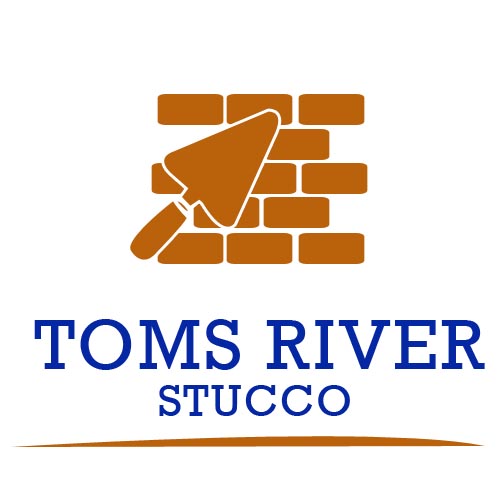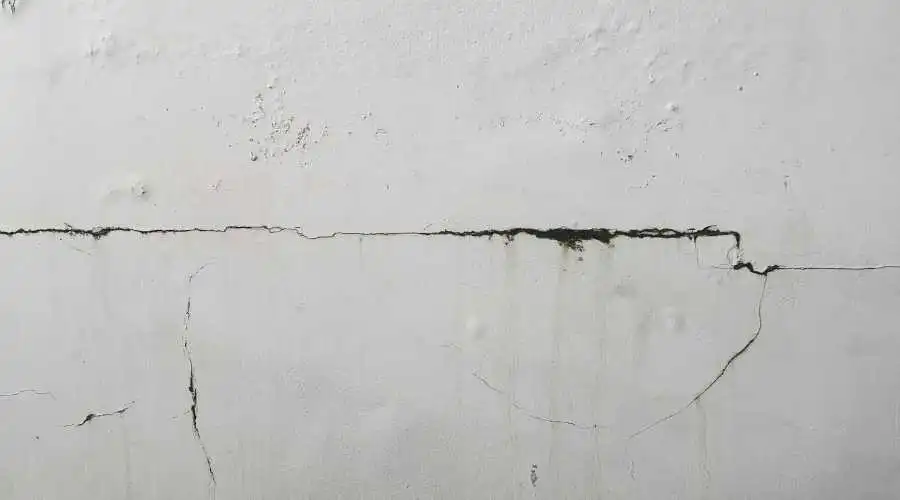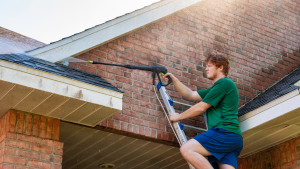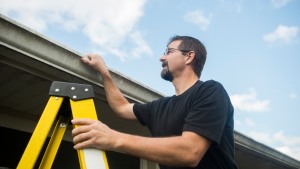Discovering water damage within your home’s walls can be a distressing experience for any homeowner. Unfortunately, those with stucco homes built between the 2000s and mid-2010s have been facing this very issue. Improperly installed stucco systems can lead to significant and costly water damage, posing both health hazards and structural risks.
Detecting water damage early on is crucial to prevent further deterioration and costly repairs. As a homeowner, being able to identify signs of water damage in your stucco siding is essential. If you suspect water damage, it’s important to consult a stucco remediation expert promptly to address the issue. The sooner you address the problem, the better, as water damage tends to worsen over time, leading to higher remediation expenses.
Here are seven key signs to look for that may indicate water damage in your stucco siding:
1. Crack Formation
While cracks can result from various causes, they shouldn’t be dismissed, especially if they appear in conjunction with other signs of water damage. Hairline cracks may be indicative of trapped moisture causing expansion and contraction within the stucco, leading to more significant cracks over time. Larger cracks can provide a pathway for water to infiltrate your walls, potentially causing harm.
2. Staining
Stains and streaks on your stucco can be signs of moisture-related issues. Discolored streaks, particularly around windows, could indicate problems with incorrectly installed or missing flashing. Dark spots on the stucco’s surface might result from trapped moisture within the wall, and painting over them won’t solve the underlying issue.
3. Moss Growth
While moss growth isn’t a direct sign of trapped water, it indicates poor water management around your walls. Moss typically thrives where water flows down walls or accumulates at the base. Addressing the underlying water management issues is crucial, as improper water drainage can lead to long-term damage.
4. Mold Growth
The appearance of mold on your stucco is a clear indicator of trapped water within the walls. Mold thrives in moist environments, and its presence suggests not only potential health hazards but also compromised structural integrity. Mold growth requires immediate attention to prevent further damage.
5. Surface Crumbling
Surface crumbling is easily noticeable and often a sign of underlying issues. Although not exclusively caused by water damage, surface deterioration indicates an underlying problem within the walls. It’s essential to address the cause of crumbling to prevent further damage to your home’s structure.
6. Soft Spots
Soft spots are typically accompanied by other signs of water damage. If you notice mold, staining, or other indications, soft spots might be present. You can check for soft spots by gently pressing on the affected area. The presence of softness confirms the likelihood of water-related damage.
7. Surface Bubbling
Bubbling on the stucco’s surface, often found at the bottom of walls, suggests trapped moisture between or behind stucco layers. Heating causes the moisture to expand and create bubbles. Bubbling typically indicates water infiltration and is commonly accompanied by other signs of water damage.
Prompt action is vital, as ignoring water damage can lead to structural issues, reduced energy efficiency, and compromised indoor air quality. The urgency of taking prompt action against water damage cannot be overstated, as its consequences can permeate every aspect of your home. Failing to address water damage in a timely manner can give rise to far-reaching structural issues, undermining the very foundation of your property. Beyond structural concerns, neglected water damage can result in diminished energy efficiency, leading to higher utility bills and environmental strain.
Furthermore, the repercussions extend indoors, affecting the quality of your living space. Moisture infiltration can pave the way for mold growth, which not only threatens the aesthetics of your home but also compromises indoor air quality. Mold spores can trigger respiratory issues and allergies, affecting the health and comfort of your household members.
Addressing Stucco Water Damage
If you notice any of these signs of water damage on your stucco siding, seeking professional assistance is crucial to prevent further problems and ensure your home’s longevity.
Toms River Stucco & EIFS specializes in identifying and resolving stucco water damage issues. Our experts can assess the extent of the damage, provide effective solutions, and restore your stucco siding’s integrity.
Your stucco siding contributes to your home’s aesthetic appeal and value. By recognizing and addressing signs of water damage early, you can take proactive steps to protect your investment and maintain the beauty of your home by addressing water damage promptly and effectively.




